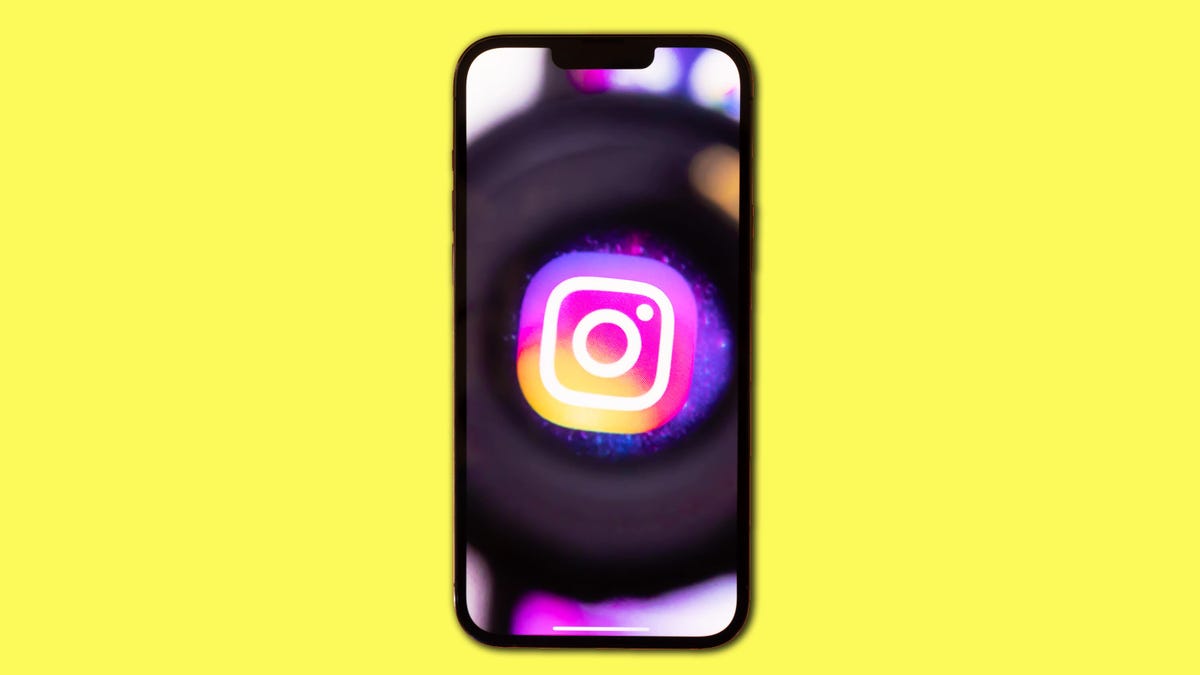A freshly brewed cup of coffee in the morning can be one of life's great pleasures. Whether you like a dark roast or a lighter brew, having a good coffee maker can make a big difference in your morning routine. We’ve found the best coffee makers for any budget, ones that keep your cuppa warm and simplify the brewing process, delivering great-tasting coffee every time.
No matter how you prefer your coffee -- brewed with a French press, made with a drip machine, crafted with a pour-over setup, or even iced -- we've discovered some excellent coffee machines that can help you make the perfect cup right in your kitchen. Whether you want to brew manually or automatically, there are options available, from economical choices to premium splurges.
Evaluating the performance of a coffee maker is trickier than it might sound. You need to know what good drip coffee is and, according to the Specialty Coffee Association, there are essential criteria for brewing well. Brewing time and water temperature top the list. Hot water should come into contact with grounds for no less than four minutes and no more than eight. The ideal water temperature range is between 197 degrees Fahrenheit (92 degrees Celsius) and 205 degrees Fahrenheit (96 degrees Celsius).
To see how well each coffee maker meets that challenge, we log the length of their brew cycles. We also employ thermocouple heat sensors connected to industrial-grade data loggers. That enables us to record the temperature within the coffee grounds while brewing is underway.
Enlarge Image
We measure the temperature inside the brewing chamber of every coffee maker we test.
Brian Bennett/CNETAfter brewing coffee, we take sample readings of the produced coffee liquid with an optical refractometer. Given that we factor in the amount of water and freshly ground coffee used, that data lets us calculate the Total Dissolved Solids percentage of each brew. From there we arrive at the extraction percentage. The ideal range is commonly thought to be between 18% and 20%.
We also back up measured data with a good old-fashioned taste test. Over-extracted coffee tastes bitter and sharp, while under-extracted coffee is usually weak or sour. To be certain, we brew identical test runs a minimum of three times to get a sense of the average results.









 English (US) ·
English (US) ·